Chungcheongnamdo
Travel Attractions
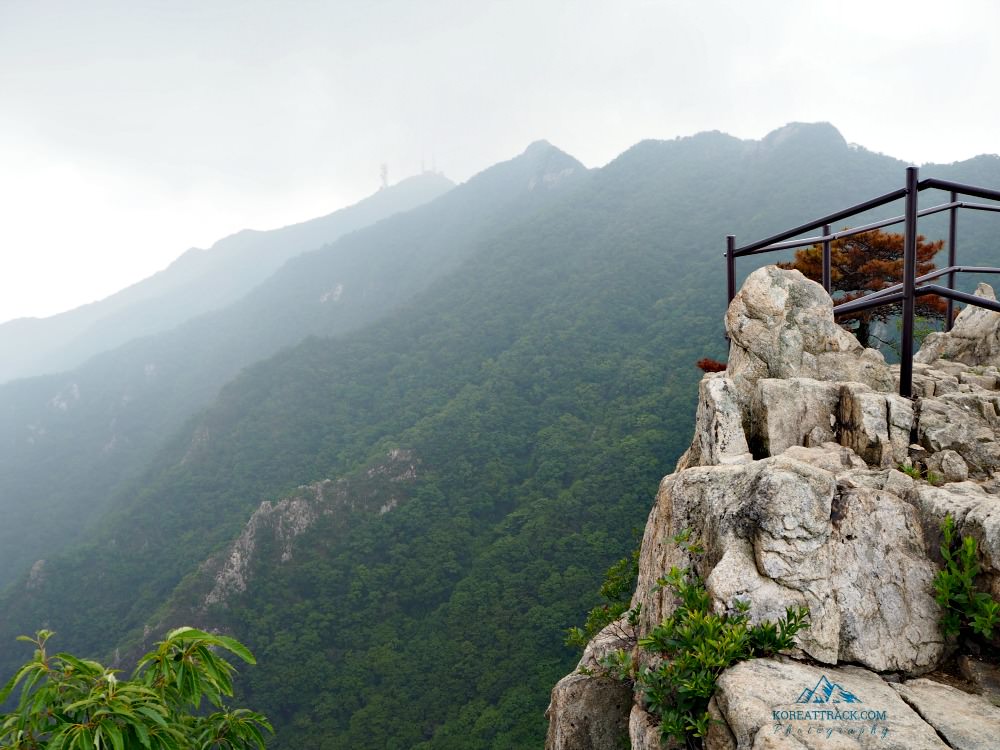 Spectacular sight of Gyeryongsan National Park in Chungcheongnamdo
Spectacular sight of Gyeryongsan National Park in ChungcheongnamdoIntroduction
Chungcheongnamdo (or South Chungcheong Province) is located in the southwest of South Korea. It borders Gyeonggi Province to the north; Gangwon Province to the east; North Jeolla Province to the south; and North Chungcheong Province to the west.
The provincial capital, Daejeon Metropolitan City, is home to many research institutes such as KAIST (Korea Advanced Institute of Science and Technology) and Korea Research Institute of Bioscience and Biotechnology.
Chungcheongnamdo is home to several national parks, including Gayasan National Park, Gyeryongsan National Park, Mudeungsan Provincial Park, and the Unmunsa Temple complex located in Daejeon Metropolitan City.
It also boasts a number of natural attractions such as the Geumgang River, Jirisan National Park, Naejangsan National Park and Gyejoksan Mountain. The province also has many cultural sites including Buseoksa Temple in Yeongju, Buyeo Seodong Festival, Gongju Hanbok Village, Buyeo National Museum, and Nonsan Market.
Chungcheongnamdo is an important agricultural region in South Korea and produces a variety of crops such as rice, bean sprouts, red pepper paste, garlic, apples, pears, onions and ginseng. Livestock production is also prominent in the province and includes pigs, cattle, chickens, ducks and geese.
The many festivals held in Chungcheongnamdo throughout the year attract visitors from around the country. Some of these include Buyeo Seodong Festival, Cheonan Starlight Festival, Gongju Hanbok Festival, Chungju Lake Culture Festival and Nonsan Wildflower Festival.
In Chungcheongnamdo, there are also many outdoor activities to enjoy such as hiking in Mount Gyeryongsan National Park, rafting down the Geum River and cycling around the countryside. For those looking for a more leisurely activity, there are numerous hot springs to relax in or temples to explore.
Chungcheongnamdo is also home to many historical sites such as Buyeo National Museum, Gongju Hanok Village and the Baekje Historic Areas. These sites are great for learning more about the history of the province and its people.
From delicious food to exciting outdoor activities, Chungcheongnamdo has something for everyone. Whether you're looking to explore the countryside and learn about its history, or just want to have some fun at one of its many festivals, you won't be disappointed. Come and experience the amazing sights, sounds, and culture of Chungcheongnamdo!
Thanks to Chungcheongnamdo's convenient transport links, it is easy to get around. You can take the KTX from Seoul to Chungju or Daejeon and then connect with a bus to your final destination.
With so many wonderful places to explore in this province, why not come and see for yourself what makes Chungcheongnamdo so special?
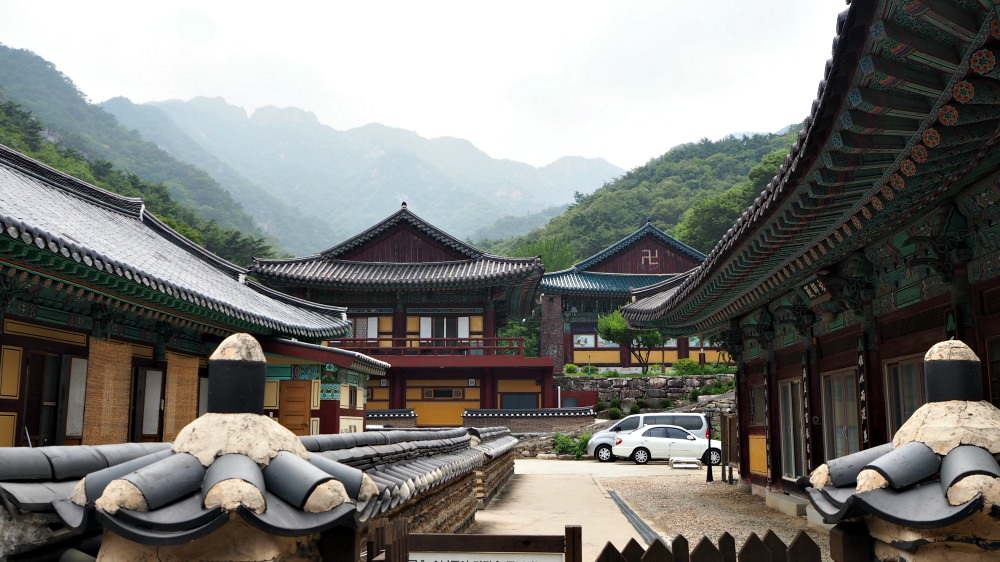 Tranquil Donghaksa Temple at Gyeryongsan National Park.
Tranquil Donghaksa Temple at Gyeryongsan National Park.Chungcheongnamdo Travel Attractions
Chungcheongnamdo or South Chungcheong Province, likewise known as Chungnam, is a province of South Korea. It has a population of over 2 million (2014) and has a geographical location of more than 8 thousand square miles. Chungnam lies in the Hoseo region in the southwest of the Korean Peninsula.
Leading destinations in Chungcheongnamdo Province...
- Gongsan-seong, Gongju
- Gyeryongsan National Forest Park
- Busosan-seong, Buyeo
- Mallipo Beach, Taeanhaean National Marine Park
- Gungnamji Pond, Buyeo
- Gongju National Museum, Gongju
- Donghaksa Temple, Gyeryongsan National Park
- Magoksa Temple, Gongju
Hongseong County is the capital, and Cheonan is the largest city of South Chungcheong, with other significant towns consisting of Asan, Seosan, and Dangjin.
Daejeon was the biggest city of South Chungcheong up until ending up being a Metropolitan City in 1989, and the historic capital up until the provincial federal government was relocated to Hongseong in 2012.
Chungcheongnamdo is South Korea's most prosperous province. It is by far South Korea's fastest-growing region. Such rapid development transformed it from a mostly agricultural to a highly industrialized economy in the 21st century.
Along with Gangwon, Chungnam is the only province outside the Seoul Capital Location to be served by the Seoul Metropolitan Subway, with Seoul Subway Line 1 passing Cheonan and Asan.
The province belongs to the Hoseo area. It is bounded to the west by the Yellow Sea, to the north by Gyeonggi-do province, to the south by Jeollabuk-do province, and to the east by Chungcheongbuk-do province.
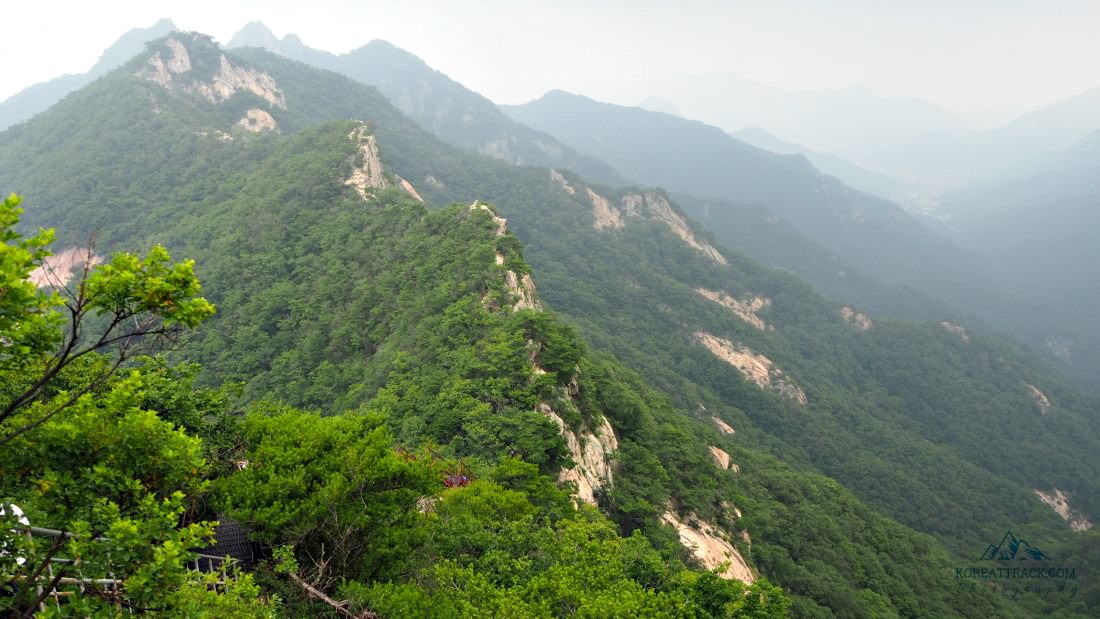 Spiky peaks of Gyeryongsan Mountain
Spiky peaks of Gyeryongsan MountainNatural Resources
One-third of the province's area is under growing. There are 220 square kilometers of the exposed beach, which is used to produce salt by solar evaporation.
In 2018, South Chungcheong province was home to half of South Korea's coal-fired power generation capacity. That year, it ended up being the first Asian member of the Powering Past Coal Alliance and devoted to ending the use of coal power to mitigate worldwide warming and minimize air pollution.
It is situated in a national park, which is noted for its distinct rock functions. These include Gwanchok-sa, a temple that is house to the most significant stone Buddha in Korea.
In 1978 the Taean Marine National Park was opened. It includes some of the country's most beautiful beaches and Cheollipo Arboretum, which was created in 1966. It is consists of approximately 14,000 different plant species, including some endangered and unusual species.
Development of Sejong City
In early 2007, the Republic of Korea government decided to create a unique administrative district out of part of today's Chungcheongnamdo Province, near what is now Daejeon.
The new district was named Sejong Special Self-Governing City and was to change Seoul as the future capital of the Republic of Korea.
Now Sejong City might just function as a National Administrative Capital and Secondary capital along with Seoul, representing about 36 government ministers and firms, consisting of the Prime Minister's workplace, since 2015.
Cheungnam Travel Attractions
Busosan-seong, Buyeo
This mountain fortress covers the forested hill of Buso-san (106m) and when protected the Baekje capital of Sabi within its walls. Structures such as the Banwollu Structure deal lovely views of the surrounding countryside.
Buyeo National Museum
This museum homes among the best collections of Baekje artifacts, and has comprehensive English captions, making it a great location to get a primer on Baekje and pre-Baekje culture.
Baekje Royal Tombs, Buyeo
Buyeo has seven royal tombs, dating from 538 to 660. They're sealed for security. However, there's a re-creation of the most outstanding one, which is painted with the 4 celestial creatures (dragon, tiger, tortoise).
Bamseom Beach, Sapsido
The largest of Sapsido's beaches is Banseom Beach, a broad stretch of golden sand on the island's southern coast. To find it, follow the roadway to the left of the town at Witmaeul marina.
Banwollu Pavilion, Buyeo
This pavilion on the grounds of Busosan-Seong deals with beautiful views of the surrounding countryside.
Baekje Cultural Land, Buyeo
This 'historical theme park' envisions what the Baekje palace with structures you can explore (and plenty of room for kids to run around). There's a history museum too.
Brother & Sibling Pagodas, Gyeryongsan Park
These twin Silla-era pagodas are stated to represent the sibling and sibling who founded the original hermitage at Donghak-sa.
Cheollipo Arboretum, Taeanhaean Marine Park
The Cheollipo Arboretum is amongst Asia's top botanical institutions, with a collection of more than 13,000 species from over 60 countries, laid out with diligent care across 64 hectares of a lavish seaside home.
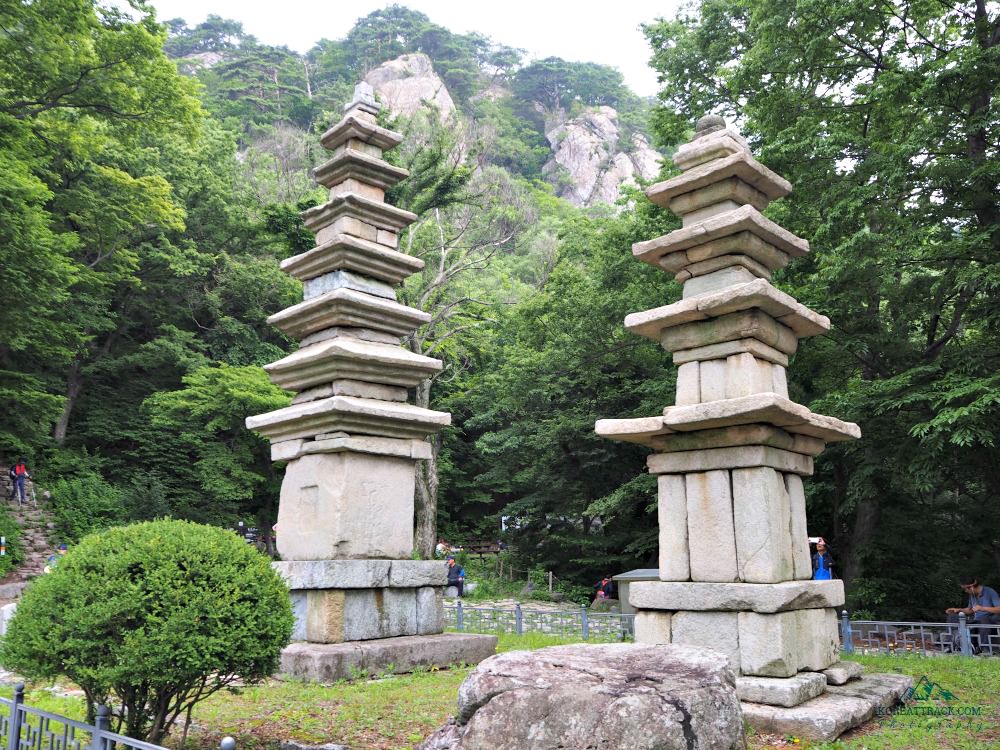 Sibling Pagodas at Gyeryongsan National Park, South Chungcheong Province
Sibling Pagodas at Gyeryongsan National Park, South Chungcheong ProvinceDaecheon Beach
This famous strip of nearly golden-hued sand runs for 3.5 km and is about 100m broad during low tide. The primary hub of activity is at its southern end, near the Citizen's Tower Plaza.
Donghaksa, Gyeryongsan National Forest
Donghaksa Temple is noteworthy for being one of Korea's couple of temples. Before the temple, try to find the trail that leads you on a leisurely one-hour trek up to the Brother & Sibling Pagodas.
Gapsa Temple, Gyeryongsan National Forest
Gapsa's main hall consists of 3 gleaming Buddha statues, while a smaller sized shrine houses three shamanist divine beings-- Chilseong, Sansin, and Dokseong.
General Gyebaek Statue, Buyeo
In spite of being surpassed 10 to one, General Gyebaek led his army of 5000 in the last stand versus the final Silla and Chinese attack in 660. Naturally, he's a local hero, and his statue graces the center of things.
Goransa Temple, Buyeo
This tiny temple at the bottom of a cliff is reached via stone stairs from Busosan-seong. Behind it is a spring that supplied the favorite drinking water of Baekje kings.
Gongju National Museum
This exceptional museum displays treasures found in the tomb of King Muryeong, including the unique gold diadem ornaments that you'll see images of all over Gongju.
Gungnamji Pond, Buyeo
In July, this pond takes off with color as countless lotus flowers flower. The Buyeo SeoDong Lotus Festival that month likewise changes the surrounding park into a busy location with activities and exhibits around the pond.
Gongsan-seong, Gongju
When Gongju (then called Ungjin) was Baekje's capital, this stunning hilltop fortress is a suggestion of time. After getting in through the grand stone Geumseoru West Gate, you can walk along the fortress' border.
Gyeryongsan National Forest
Among Korea's smallest parks, Gyeryongsan suggests 'Rooster Dragon Mountain' because locals believed the mountain looks like a dragon with a rooster's head. At the eastern entryway is the temple Donghak-sa.
Gudurae Sculpture Park, Buyeo
An enjoyable grassy area with sculptures by Korean and international artists.
Jinneomeo Beach, Sapsido
Of the many island beaches, this is the cleanest one with striking ocean views, the least quantity of the garbage, and a half dozen nearby pensions.
Jeongnimsaji
All that stays here of the Baekje-era temple Jeongnim-sa is an 8.3 m five-story stone pagoda-- though this alone is undoubtedly excellent. There's likewise a small museum on Baekje culture; however, it's all in Korean.
King Seong Statue, Buyeo
This statue commemorates the king who moved the Baekje Kingdom's capital to Buyeo in 538. The king died in AD 554-- along with 30,000 soldiers-- in a devastating fight led by his child, Crown Prince Wideok.
Kkotji Beach, Taeanhaean National Park
Of the many beaches on Anmyeondo, one of the very best is Kkotji Beach (꽃지해수욕장), a mild 3.2km-long stretch that's a glorious 300m broad at low tide and popular with photographers at sunset.
Magoksa Temple, Gongju
Magok-sa has had its structures rebuilt and restored through the years. Still, unlike many temples, its extant buildings are being permitted to age with dignity, and there are numerous climatic halls, stumpy pagodas.
Mallipo Beach, Taeanhaean National Park
Though Mallipo sees its development every year, it's still a beautiful stretch of sand, a mild crescent bookended by piney headlands. It's a 15-minute walk from here to the quieter Cheollipo Beach.
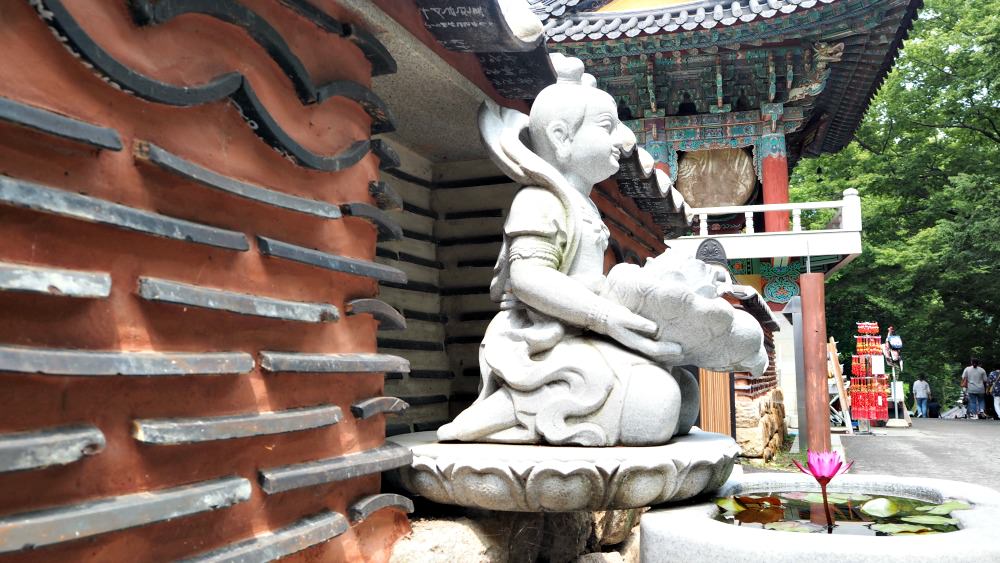 Little Buddha by the walls of Donghaksa Temple at Gyeryongsan National Park, South Chungcheong Province, South Korea
Little Buddha by the walls of Donghaksa Temple at Gyeryongsan National Park, South Chungcheong Province, South KoreaNakhwa-am
An excellent location to get lovely views of the area, it's also part of Buyeo's historical narrative. Nakhwa-am indicates 'falling flowers rock' and is thought to honor the women who eliminated themselves at Busosan-seong.
Samchungsa Temple, Buyeo
This modest shrine inside Busosan-seong honors three Baekje officials. Seong Chun, a royal advisor, died in prison after outraging the king.
Sejong Lake Park
This massive park with a human-made lake was built as a family location. It's not far from complex government structures.
Burial Place of King Muryeong, Gongju
The burial place of King Muryeong, the 25th Baekje king, was found-- unbelievably undamaged and entirely by accident-- in 1971. The tomb and the 6 others in the vicinity aren't open to the general public.
Ungjin Baekje Historical Museum, Gongju
At the entrance to the Tomb of King Muryeong, the Ungjin Baekje Historical Museum has historical details and a traveler information center.
As this introduction article for Chungcheongnamdo's travel attractions grow, you may visit this from time to time to discover updates.
Thanks for reading if you reach this far! Enjoy your travels!
- Home
- Chungnam Attractions
Get Exciting Activities
Book one of our exciting activities today to experience the thrill of a lifetime! Take advantage of this opportunity and secure your spot in advance.
Hotel Map Guide
Find your affordable, accessible, and comfortable hotel in Seoul at Agoda.Com. See the hotel map below...
Hotel Booking Guide
Find affordable and amazing hotels on Agoda.com using the search box below. Book now to enjoy great discounts and save!
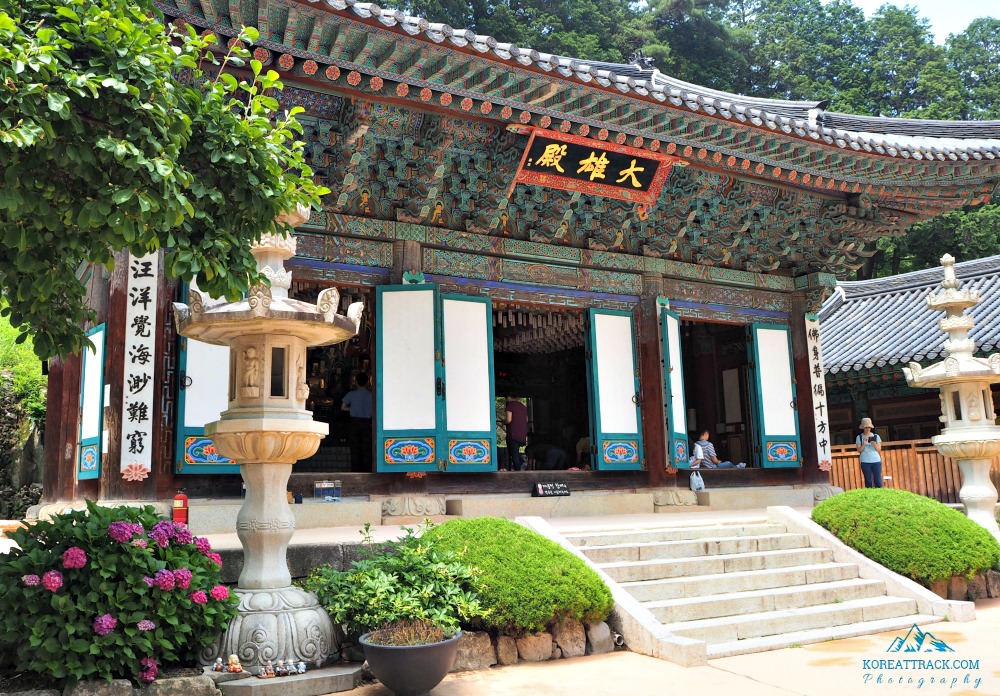


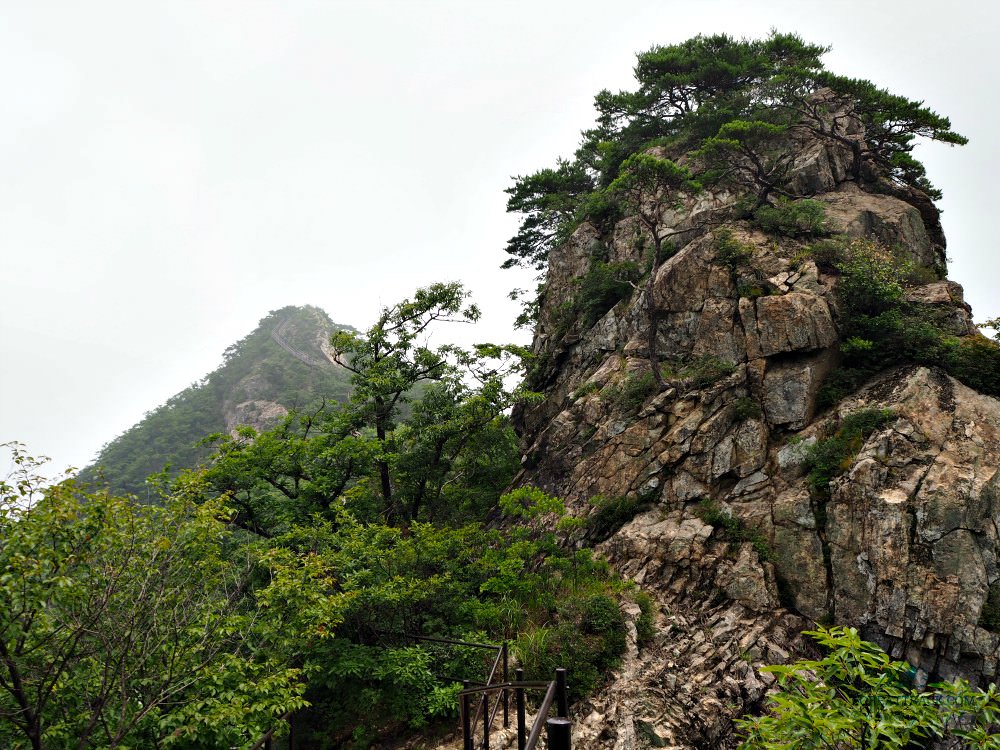




New! Comments
What do you think about this page? Leave me a comment in the box below.